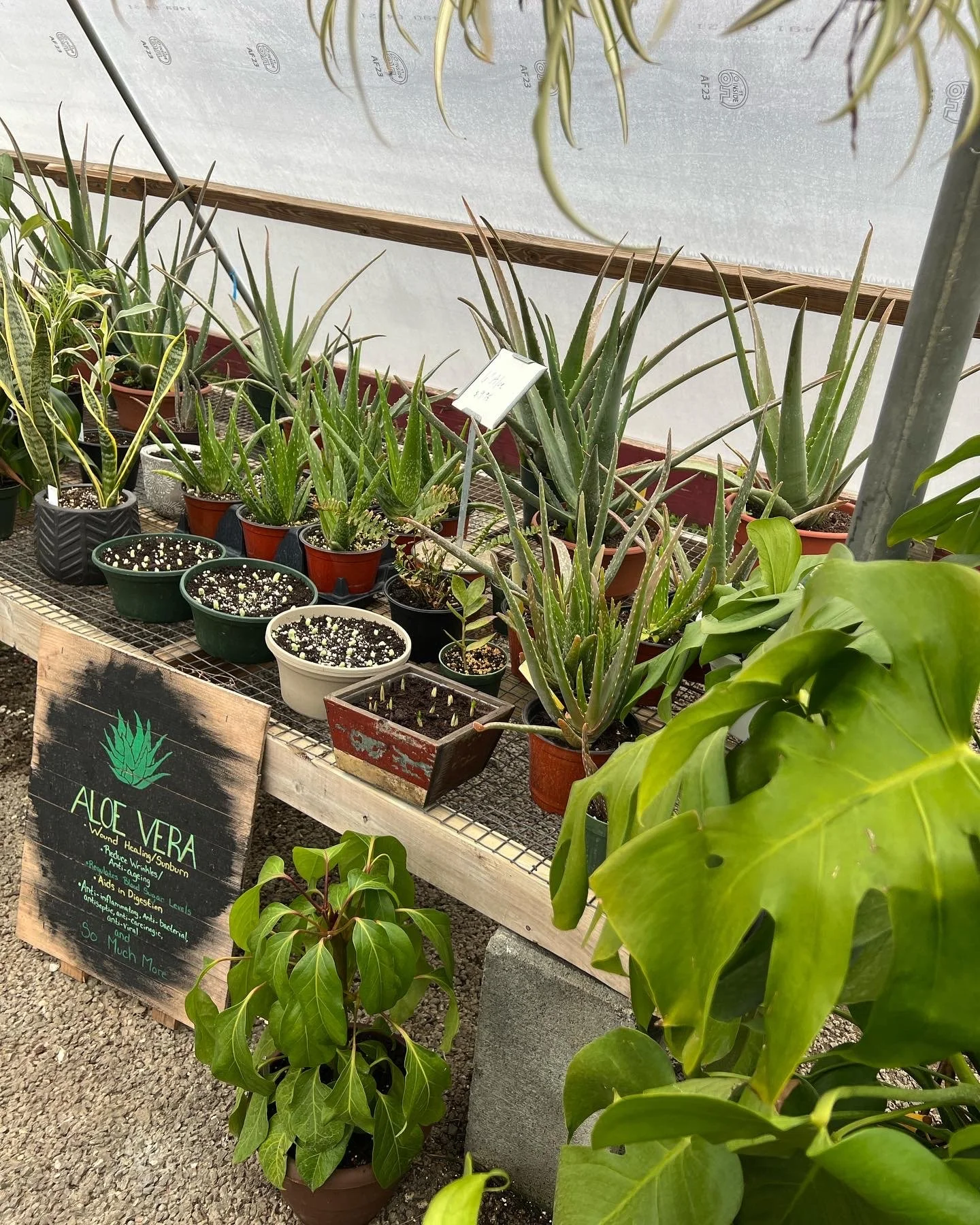Houseplant Care Tips: Bringing Your Plants Back Indoors for Winter
As the days grow shorter and the temperatures start to drop, it's time to think about bringing in any houseplants you kept outside this summer. Your plants probably experienced some significant growth while living outdoors this season, so they may need some care and attention before they come inside for the upcoming winter months. With the right steps and care, you can ensure they thrive inside your home until it's time to return them to the great outdoors next spring.
In this guide, we'll walk you through the essential steps to transition your plants back indoors and provide tips to keep them healthy and happy throughout the winter.
Watch the Weather
Your houseplants really shouldn’t be outside if temperatures drop below 50 degrees. Keep an eye on the weather and take note of any days when the overnight forecast might drop. Make space for your plants indoors so you can pull them in before those chilly nights.
Clean and Prune
Your plants might be looking a little wild after their summer outside. Spend some time trimming any damaged or overgrown branches and leaves and removing dead or yellowing foliage. Be sure to pull any leaves or debris out of the soil, and make sure there’s no water pooling and that the pot is still draining properly. You may even want to clean any dirty foliage to reduce the risk of pests and diseases making their way inside and to keep the plant looking fresh. Care kits (like this one!) are great for cleaning up plants.
Pay Attention to Light Exposure
Transitioning from outdoor sunlight to indoor lighting can be challenging for plants. Make sure you have bright areas of the house for your plants. If some plants are going to end up in low-light areas for the winter, gradually move them to a shadier area outdoors for a week or two before bringing them inside. This helps acclimate them to lower light levels.
Refresh the Soil
Your plants will go somewhat dormant during the winter. Growth will slow down and they won’t need as much fertilizer. Now is a good time to prep them for winter by making sure they have the nutrients they need in the soil. You may consider repotting them with a fresh potting mix. Just make sure that your new pots have good drainage to prevent root rot.
Check Temperature and Humidity
Houseplants often prefer stable temperatures between 60-75°F (15-24°C) and moderate humidity levels. Avoid placing them near drafty windows, radiators, or heating vents where they might dry out quickly or get too cold in the winter.
Adjust your Watering Schedule
Indoor plants generally require less water than outdoor ones. Adjust your watering schedule to prevent overwatering during the winter months when growth slows. Water thoroughly when the top inch of soil feels dry.
Bringing houseplants in for the winter requires a change to your care routine, but with a little planning and intentional care, your plants can thrive indoors throughout the colder dormant months. Remember to be patient and observant, adjusting your care as needed to accommodate the needs of your plants. The Farmside team is available to answer any questions you may have to help your indoor plants thrive!


